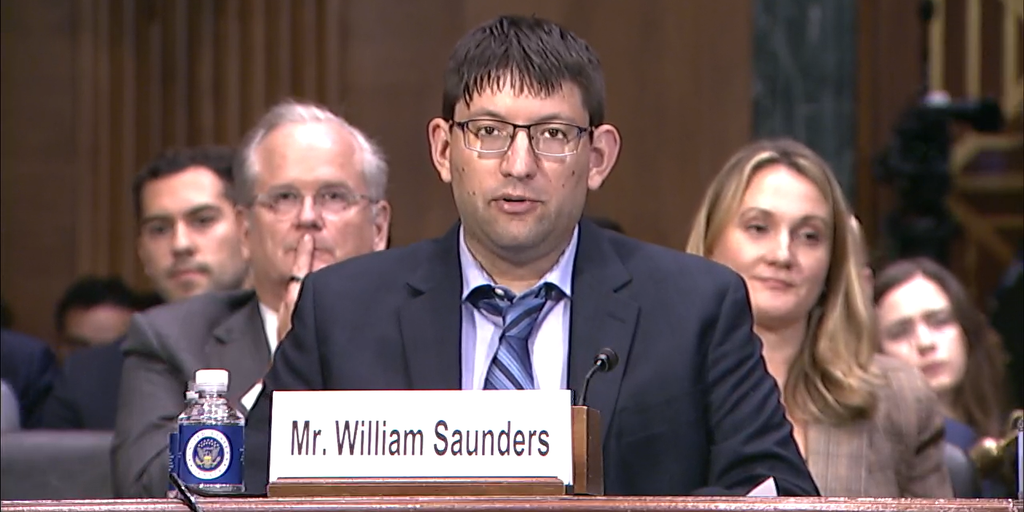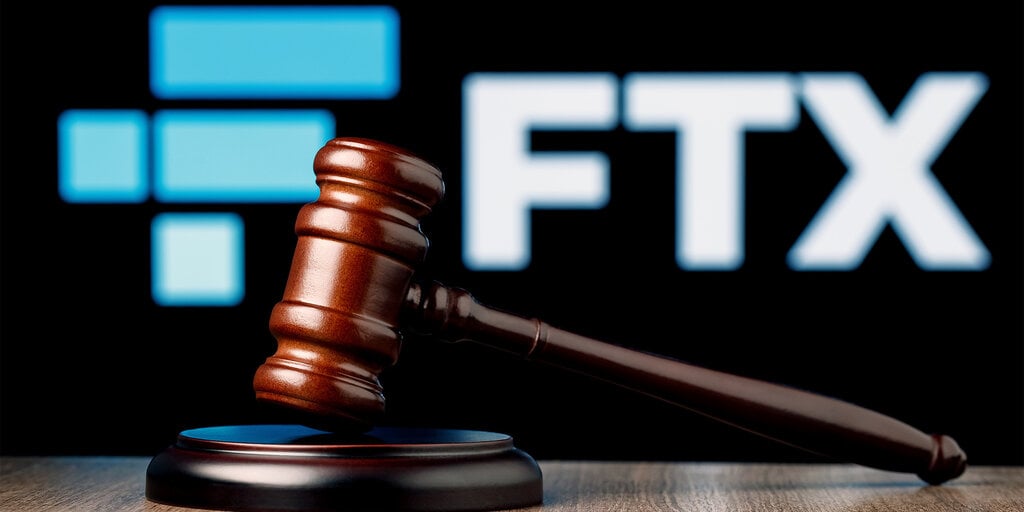
OpenAI’s newest GPT-o1 AI model is the primary to exhibit capabilities that might help consultants in reproducing identified—and new—organic threats, a former firm insider advised U.S. Senators this week.
“OpenAI’s new AI system is the primary system to point out steps in direction of organic weapons danger, as it’s able to serving to consultants in planning to breed a identified organic menace,” William Saunders, a former member of technical workers at OpenAI, advised the Senate Committee on the Judiciary Subcommittee on Privateness, Know-how, & the Legislation.
This functionality, he warned, carries the potential for “catastrophic hurt” if AGI techniques are developed with out correct safeguards.
Consultants additionally testified that synthetic intelligence is evolving so rapidly {that a} probably treacherous benchmark referred to as Synthetic Normal Intelligence looms on the close to horizon. On the AGI stage, AI techniques can match human intelligence throughout a variety of cognitive duties and study autonomously. If a publicly out there system can understand biology and develop new weapons with out correct oversight, the potential for malicious customers to trigger severe hurt grows exponentially.
“AI firms are making speedy progress in direction of constructing AGI,” Saunders advised the Senate Committee. “It’s believable that an AGI system may very well be inbuilt as little as three years.”
Helen Toner—who was additionally a part of the OpenAI board and voted in favor of firing co-founder and CEO Sam Altman—can be anticipating to see AGI sooner slightly than later. “Even when the shortest estimates become incorrect, the thought of human-level AI being developed within the subsequent decade or two ought to be seen as an actual risk that necessitates vital preparatory motion now,” she testified.
Saunders, who labored at OpenAI for 3 years, highlighted the corporate’s latest announcement of GPT-o1, an AI system that “handed vital milestones” in its capabilities. As reported by Decrypt, even OpenAI stated it determined to stem away from the normal numerical enhance within the GPT variations, as a result of this mannequin exhibited new capabilities that made it honest to see it not simply as an improve, however as an evolution—a model new sort of mannequin with totally different expertise.
Saunders can be involved concerning the lack of satisfactory security measures and oversight in AGI growth. He identified that “Nobody is aware of how to make sure that AGI techniques can be secure and managed,” and criticized OpenAI for its new approach towards secure AI growth, caring extra about profitability than security.
“Whereas OpenAI has pioneered facets of this testing, they’ve additionally repeatedly prioritized deployment over rigor,” he cautioned. “I consider there’s a actual danger they’ll miss necessary harmful capabilities in future AI techniques.”
The testimony additionally confirmed among the inner challenges at OpenAI, particularly those that got here to mild after Altman’s ouster. “The Superalignment workforce at OpenAI, tasked with creating approaches to regulate AGI, now not exists. Its leaders and lots of key researchers resigned after struggling to get the sources they wanted,” he stated.
His phrases solely add one other brick within the wall of complaints and warnings that AI security consultants have been making about OpenAI’s strategy. Ilya Sutskever, who co-founded OpenAI and performed a key function in firing Altman, resigned after the launch of GPT-4o and founded Protected Superintelligence Inc.
OpenAI co-founder John Schulman and its head of alignment, Jan Leike, left the company to affix rival Anthropic, with Leike saying that beneath Altman’s management, security “took a backseat to shiny merchandise.”
Likewise, former OpenAI board members Toner and Tasha McCauley wrote an op-ed revealed by The Economist, arguing that Sam Altman was prioritizing earnings over accountable AI growth, hiding key developments from the board, and fostering a poisonous atmosphere within the firm.
In his assertion, Saunders referred to as for pressing regulatory motion, emphasizing the necessity for clear security measures in AI growth, not simply from the businesses however from unbiased entities. He additionally pressured the significance of whistleblower protections within the tech business.
The previous OpenAI staffer highlighted the broader implications of AGI growth, together with the potential to entrench current inequalities and facilitate manipulation and misinformation. Saunders has additionally warned that the “lack of management of autonomous AI techniques” may probably end in “human extinction.”
Edited by Josh Quittner and Andrew Hayward
Typically Clever E-newsletter
A weekly AI journey narrated by Gen, a generative AI mannequin.


